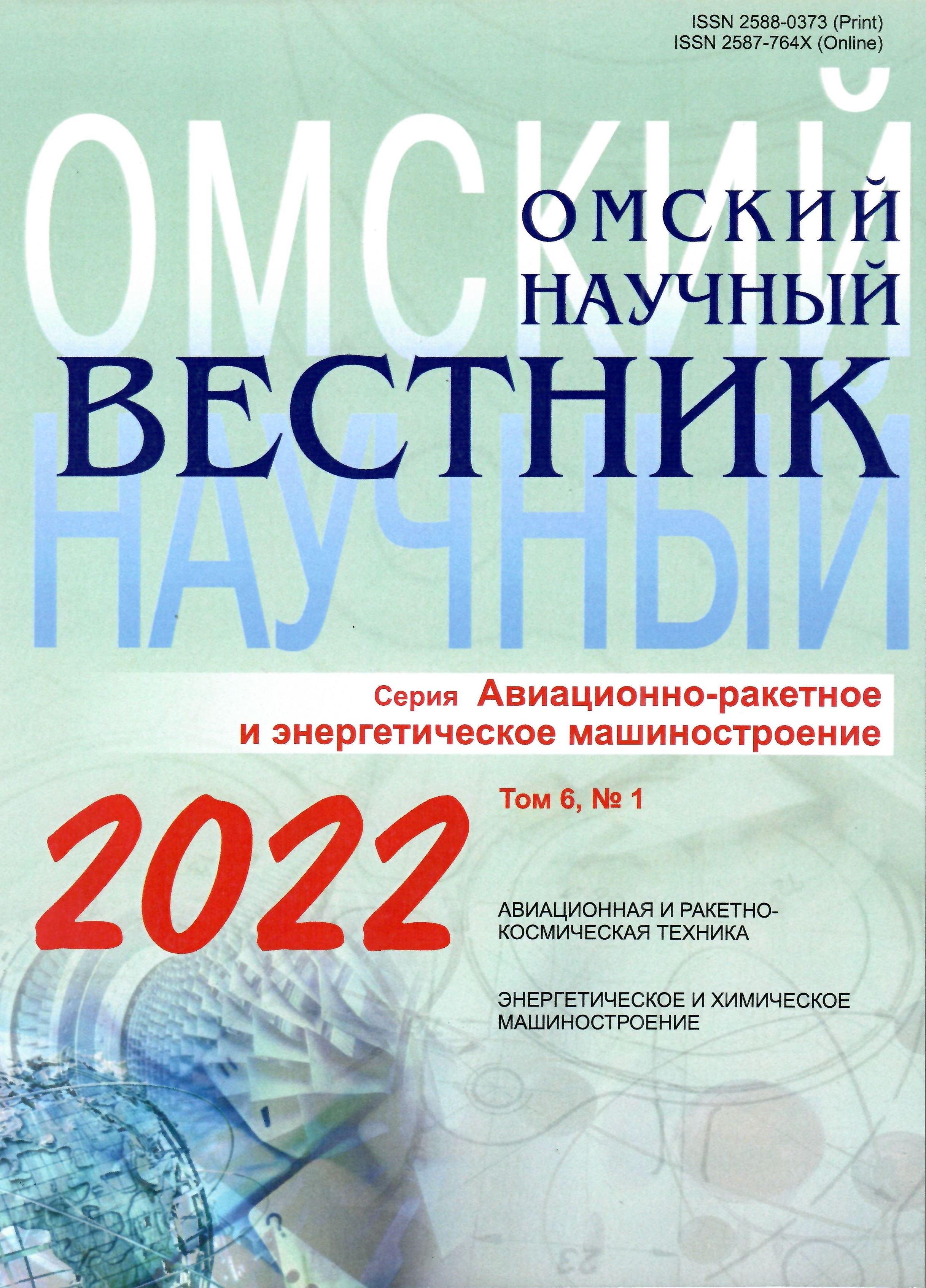A study into the impact of chloride ions on the make-up hydrogen compressors / trans. from Engl. M. A. Fedorova
DOI:
https://doi.org/10.25206/2588-0373-2022-6-1-75-84Keywords:
hydrogen compressors, cylinders deposits, forced shut-down, X-ray tests, absorption and inhibitionAbstract
The presence of unwanted chemicals in process lines and downstream equipment causes defects and failures, which
sometimes have significant impacts on systems and imposes extra costs for the production process. In this study, one
pair of four-stage make-up hydrogen compressors is investigated. These reciprocating compressors which serve as a
part of the hydrogen treating unit have failed approximately simultaneously. The feed of these compressors is net
hydrogen-rich gas. Both dry compressors have shown similar problems in the first and second stages. The simultaneous
rise in the cylinder temperature and decrease in the flow has forced shut-down of the compressors for the next actions
in the process. Initial inspections have revealed some kind of deposits covered the cylinder and its components. The
valves, liquid tested and results have shown significant leakage of all the suction and discharge valves of the cylinders.
Moreover, the thickness of all piston rings have decreased up to 50 percent which is more than allowable values. The
compositions of deposits, tested by X-ray fluorescence (XRF) and X-ray diffraction (XRD), result from the analysis
shown that it contains 35,2 percent (mass fractions) of Chlorine and 27,5 percent of Iron, and noticeable amount of
Sulfur or Phosphor. XRD analysis has reported that the Iron Chloride Hydrate is the main part of the fouling sample.
In this paper, the impact of the aforementioned chemicals on the compressor components are investigated, and some
approaches are proposed to absorb or inhibit these chemicals.
Downloads
Published
How to Cite
Issue
Section
License
Non-exclusive rights to the article are transferred to the journal in full accordance with the Creative Commons License BY-NC-SA 4.0 «Attribution-NonCommercial-ShareAlike 4.0 Worldwide License (CC BY-NC-SA 4.0»)




